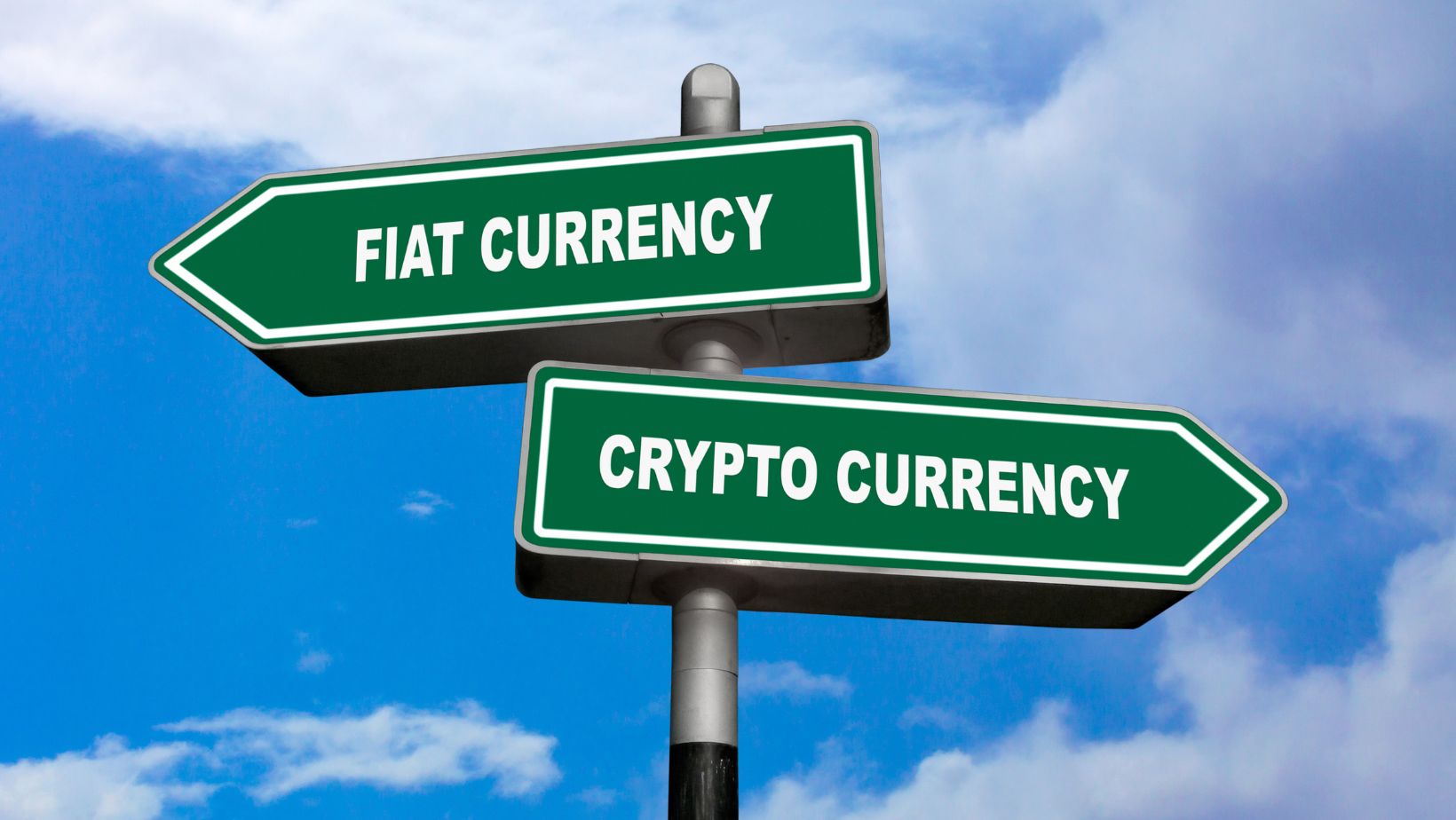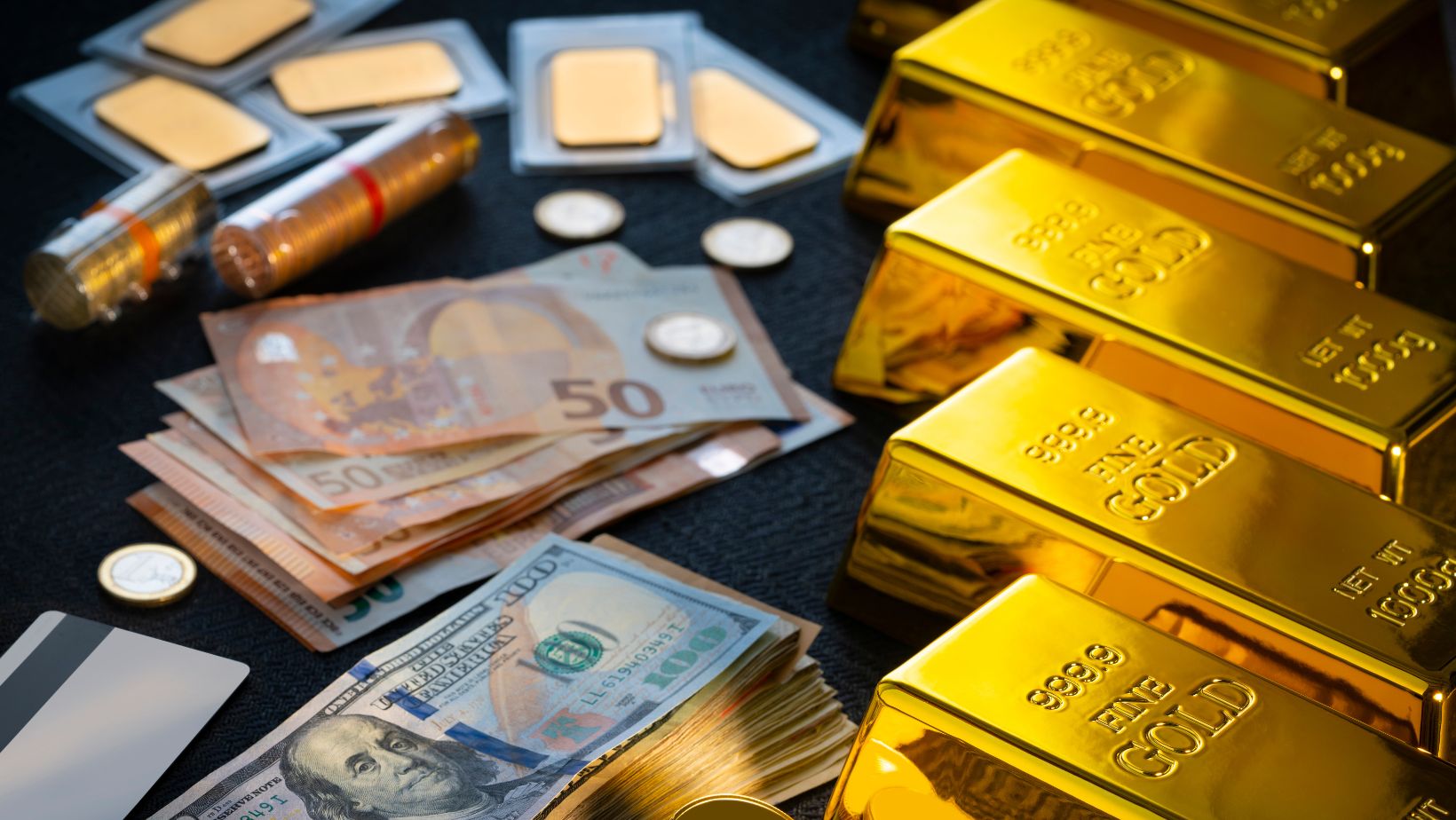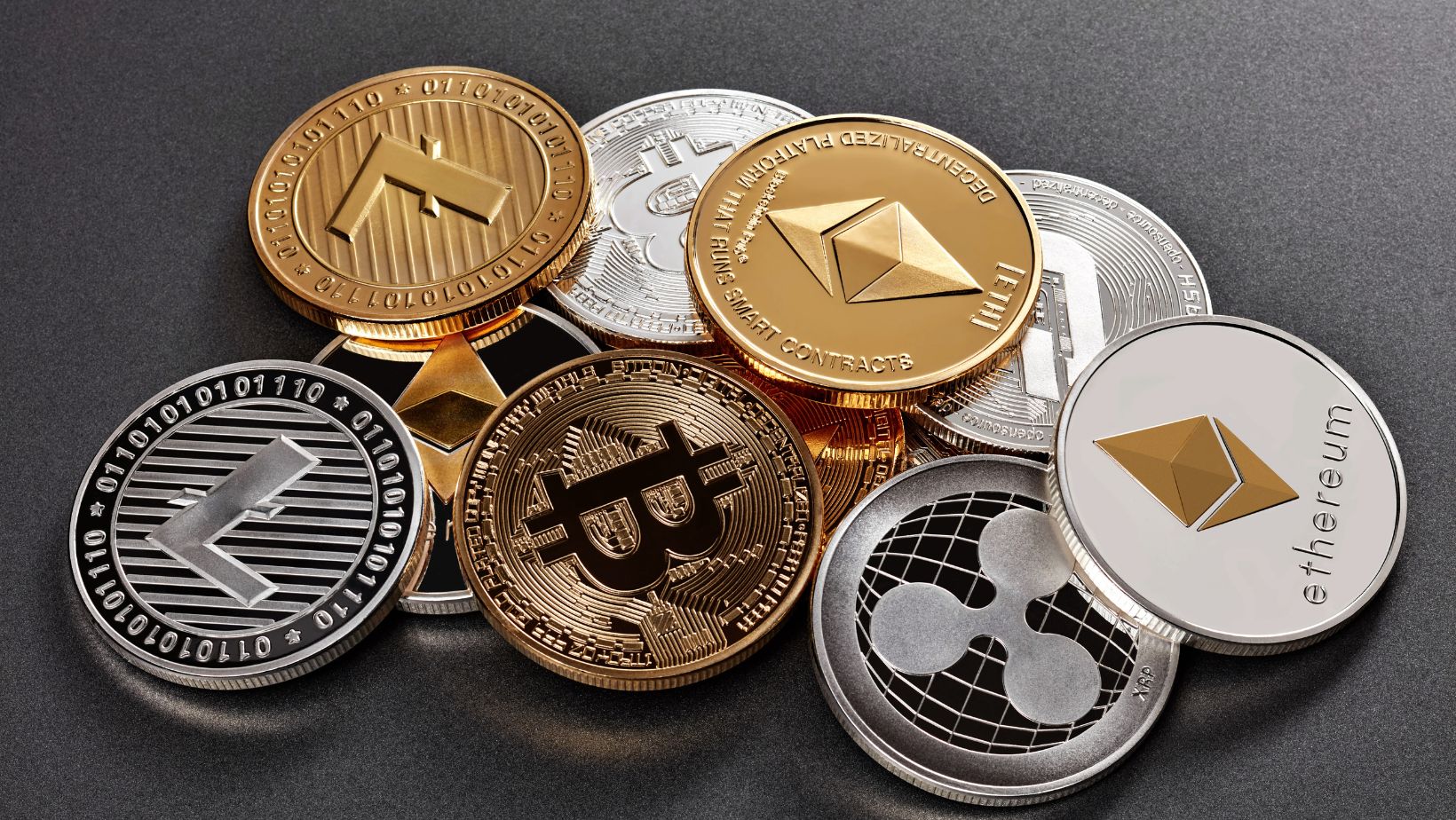
No matter how much you are against crypto or you think that this is a speculative asset, we cannot deny the fact that cryptocurrencies are making some big moves. This inspired even the harshest critics of cryptocurrencies to jump on this fast-moving train and invest.
But why? Is it only because of all the buzz surrounding this topic or there is more to it?
Well, in order to find out why cryptocurrencies are constantly rising in popularity, we have to compare them with FIAT money. After all, they are designed to be an alternative payment method (even though most of them, like Bitcoin, are better at storing value rather than everyday transactions), so they must come with some big benefits as we see huge sums of money going from FIAT to crypto.
So, which is better, crypto or FIAT? Well, I don’t think there is an answer to this question. I think that they both serve a value in the world. What is the thing that forces people to transition from FIAT to crypto?
What Is Fiat Money?
Let’s start with the basics. Fiat money is the traditional currency that we are all familiar with. We are talking about government-printed money like dollars, euros, yen, etc. A long time ago, when fiat money was first released, they were backed by gold, which actually made sense, but we are well off the gold standard now.
Nowadays, fiat money is backed by the government and has no intrinsic value other than what the government says it’s worth.
Think about it: that $20 bill in your wallet isn’t worth $20 because it is made of special materials. It is a piece of paper that is valuable only because we agree that it is, and the government is here to support the value.
Fiat money is accepted globally and issued and regulated by governments. Unfortunately, governments can print more of it, as we’ve seen in the last couple of years, which resulted in huge inflation (welcome to the world of rising prices, where we cannot afford everyday items).
But there are also some benefits that come from fiat money.

First of all, we mentioned that they are accepted globally, so you can go anywhere, exchange currencies, and pay for things. Additionally, since the government regulates fiat money, there are no big value fluctuations as we can see in cryptocurrencies.
What Is Cryptocurrency?
On the other hand, we have a freer and more modern asset that comes in the form of digital currencies. They are not pieces of paper, but digital code recorded on the blockchain. We have cryptocurrencies like Bitcoin, Ethereum, Solana, XRP, and more and each cryptocurrency is unique due to its framework.
But what makes cryptocurrencies unique is their nature. They are decentralized! This means that there is no central authority (like the government) that controls it. Instead, crypto transactions are verified by a network of computers spread all across the world.
Nowadays, cryptocurrencies are used for many different things; even people can play crypto casino, which proves that we are well beyond the new-asset phase.
Comparing Fiat Money and Cryptocurrency
When comparing fiat to cryptocurrency, it’s a bit like comparing apples to oranges—they’re fundamentally different systems, but both are used to make transactions. Let’s dig into some key differences:
-
Control:
- Fiat: Governments control how much is printed and its policies, which can mean inflation when they print too much.
- Crypto: Decentralized. No one is in charge, and it’s all based on supply, demand, and network consensus.
-
Stability:
- Fiat: Generally stable. Your $10 today is worth pretty much the same tomorrow.
- Crypto: Wild roller coaster. Bitcoin could be worth $60,000 one week and $30,000 the next (remember that ride in 2021?).
-
Inflation:
- Fiat: Subject to inflation when governments print too much. Remember Venezuela’s hyperinflation? Yeah, it’s not fun.
- Crypto: Some cryptos (like Bitcoin) are deflationary due to limited supply, meaning their value may rise over time as scarcity increases.
-
Transactions:
- Fiat: Generally slower. Bank transfers can take days, especially across borders.
- Crypto: Transactions are typically faster (minutes to an hour), and they don’t care about borders.
Why Choose Fiat?
Despite all the hype around crypto, fiat remains the dominant force in global finance. Why? It’s widely accepted, stable, and easy to use. You don’t have to explain to your grandparents how to use fiat—unlike crypto, which still requires a learning curve. Businesses also love fiat because it’s safe from the wild value swings that plague crypto.
Why Choose Cryptocurrency?
But let’s be real—cryptocurrency is here to stay. The appeal? Freedom and potential high returns. Imagine transferring money across the world in minutes without needing a bank. Plus, no one can freeze your assets (we’re looking at you, government).

Crypto also brings transparency. Every transaction is recorded on the blockchain, meaning there’s no room for shady deals or hidden fees—everything is out in the open. And while crypto may be volatile, people have used that to their advantage, gaining massive profits by riding the waves of the market.
Can Cryptocurrency Replace Fiat?
This is the big question: could cryptocurrency take over fiat entirely? The answer is… maybe? Governments are already exploring their own digital currencies, and some countries like El Salvador have even embraced Bitcoin as a legal tender.
However, for crypto to truly replace fiat, it will need to prove itself stable and reliable. Imagine trying to buy groceries when the value of your currency could drop 10% in the time it takes you to pick out some apples!















